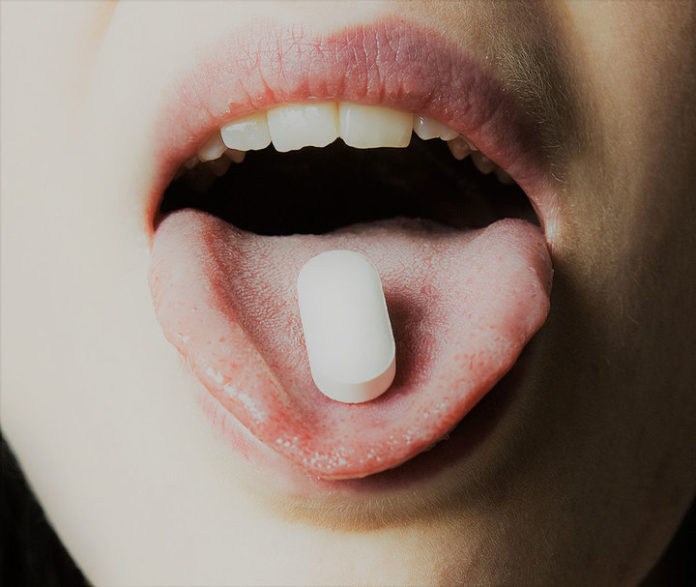Prescription opioid consumption is decreasing nationwide among high school seniors, a study revealed this month.
The research, published in the journal Pediatrics, examined data from 1976 to 2015, and although the lifetime use of prescription opioids spiked at its highest in both 1989 and 2002, it remained steady until a recent drop from 2013 through 2015.
“Adolescents and young adults typically report the highest rates of nonmedical use of prescription opioids relative to adults,” said lead author, Sean Esteban McCabe, a professor at the University of Michigan Substance Abuse Research Center. “Most prior studies of national trends in the medical and nonmedical use of prescription opioids have largely focused on adults. The current study provides a national baseline assessment of several healthy and unhealthy patterns of prescription opioid use and misuse among adolescents.”
Over the nearly 40-year period, non-medical lifetime consumption of prescriptions opioids was less common and highly correlated with the use of medical opioids, especially among adolescent males. Teens who revealed the use of both non-medical and medical prescriptions were more inclined to use opioids medically before using non-medically.
The researchers collected data from the Monitoring the Future surveys, which included 40 national cohorts that represented samples of highs school seniors who self-reported nonmedical and medical use of prescription opioids.
Exposure to prescriptions opioids happens frequently among U.S. adolescents, and long-term trends revealed that a quarter of senior students self-reported nonmedical or medical use of prescription opioids, according to data referenced in the research.
The study also concluded that risky patterns and socioeconomic variations that involved the nonmedical and medical use of prescription opioids need to be taken into consideration in clinical practice. This would improve opioid prescribing and minimize negative outcomes linked with adolescent consumption of opioids.
Going forward, McCabe believes the study can be used to… (continue reading)
















